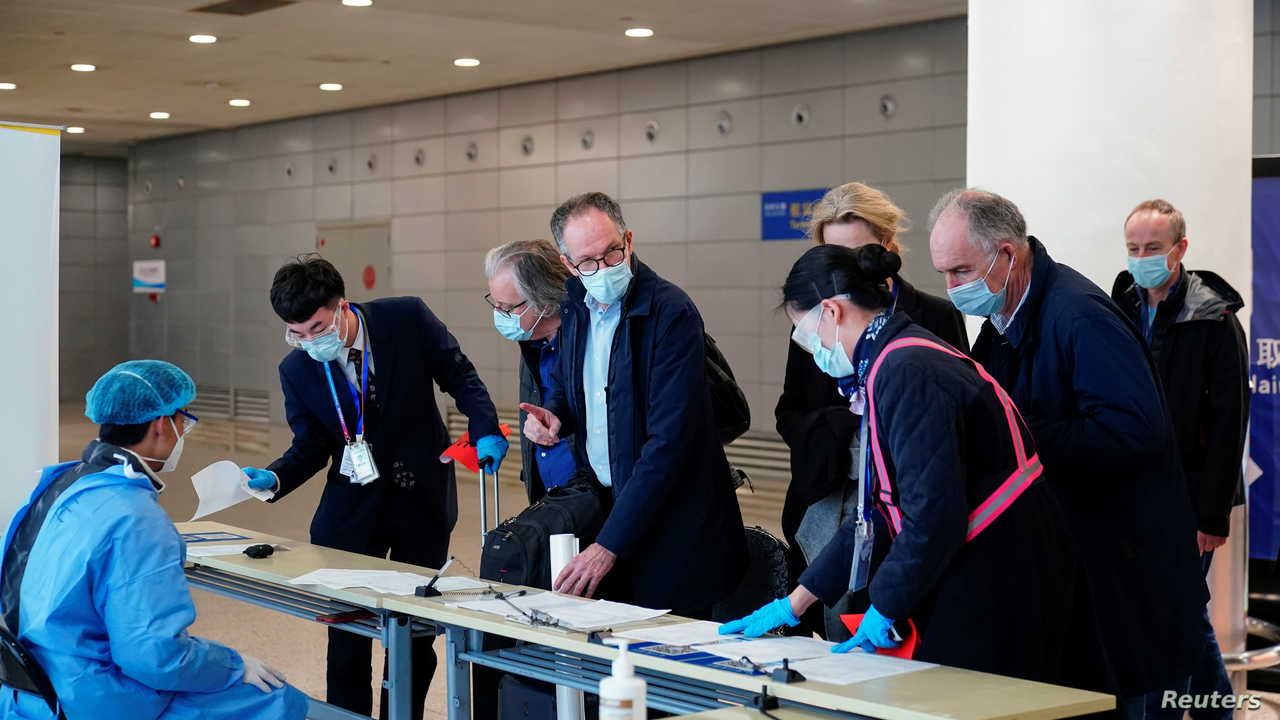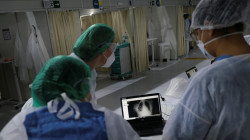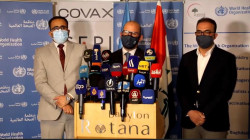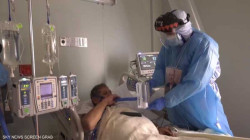WHO scientists Find 13 COVID-19 strains in Wuhan

Shafaq News/ Investigators from the World Health Organization (WHO) looking into the origins of coronavirus in China have discovered signs the outbreak was much wider in Wuhan in December 2019 than previously thought, and are urgently seeking access to hundreds of thousands of blood samples from the city that China has not so far let them examine. CNN reported.
The lead investigator for the WHO mission, Peter Ben Embarek, told CNN in a wide-ranging interview that the mission had found several signs of the more wide-ranging 2019 spread, including establishing for the first time there were over a dozen strains of the virus in Wuhan already in December. The team also had a chance to speak to the first patient Chinese officials said had been infected, an office worker in his 40s, with no travel history of note, reported infected on December 8.
The slow emergence of more detailed data gathered on the WHO's long-awaited trip into China may add to concerns voiced by other scientists studying the origins of the disease that it may have been spreading in China long before its first official emergence in mid-December.
Embarek, who has just returned to Switzerland from Wuhan, told CNN: "The virus was circulating widely in Wuhan in December, which is a new finding."
The WHO food safety specialist added the team had been presented by Chinese scientists with 174 cases of coronavirus in and around Wuhan in December 2019. Of these 100 had been confirmed by laboratory tests, he said, and another 74 through the clinical diagnosis of the patient's symptoms.
Embarek said it was possible this larger number -- of likely severe cases that had been noticed by Chinese doctors early on -- meant the disease could have hit an estimated 1,000-plus people in Wuhan that December.
"We haven't done any modeling of that since," he said. "But we know ...in big ballpark figures... out of the infected population, about 15% end up severe cases, and the vast majority are mild cases."
Embarek said the mission -- which comprised 17 WHO scientists and 17 Chinese -- were able to gather for the first time 13 different genetic sequences of the SARS-COV-2 virus from December 2019. The sequences, if examined with wider patient data in China across 2019, could provide valuable clues about the geography and timing of the outbreak before December.
Embarek said: "Some of them are from the markets... Some of them are not linked to the markets," which includes the Huanan seafood market in Wuhan, thought to have played a role in the virus' first spread. "This is something we found as part of our mission... part of the interaction we had all together."
Prof. Edward Holmes, a virologist at the University of Sydney, in Australia, told CNN: "As there was already genetic diversity in SARS-CoV-2 sequences sampled from Wuhan in December 2019, it is likely that the virus was circulating for a while longer than that month alone."
Holmes, who has studied the virus' emergence at length, said these 13 sequences might indicate the virus spread for some time undetected before the December outbreak in Wuhan. "These data fit with other analyses that the virus emerged in the human population earlier than December 2019 and that there was a period of cryptic transmission before it was first detected in the Huanan market."
The WHO team gave a three-hour press conference alongside their Chinese counterparts in Wuhan to present their findings this past week. Since then, more details have slowly emerged as to the precise data they did -- and at times did not -- have access to.
China has pledged transparency with the WHO investigation.
The WHO team hopes to return to Wuhan in later months to continue its investigations, Embarek said, although he was unable to provide concrete dates for a confirmed trip.





